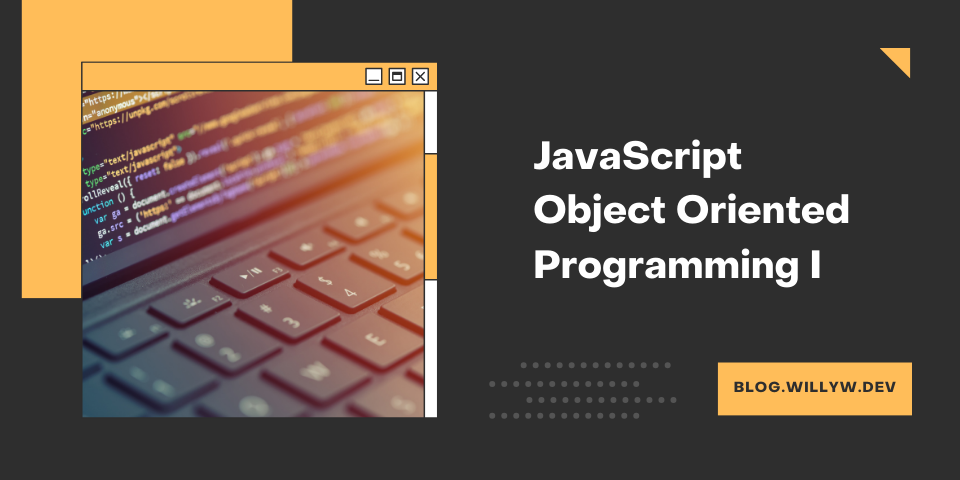
JavaScript Object Oriented Programming
Reading Time: 1:36 min.
In this article we will learn the basics / fundamentals of Objected Oriented Programming. I will now refer to Objected Oriented Programming as OOP.
Why OOP?
OOP is a programming paradigm that allows us to create objects that have properties and methods. Imagine a JavaScript File where you have multiple functions and variables that are all over the place. With OOP we can organize our code in a way that is more readable and reusable.
Creating an Object
To get started we can come back to our Programming pet Ruby 🐈. Ruby is a cat that has a name, age and a color. Ruby can also meow and purr.
const ruby = {
name: "Ruby",
age: 18,
color: "gray",
sayHello: function () {
console.log("Meow!");
},
purr: function () {
console.log("Purr!");
},
tellAge: function () {
console.log(`I am ${this.age} years old.`);
},
};As you can see an Object can even take functions as values. We call this functions methods.
JavaScript itself comes with a lot of methods that we can use on Objects. For example the Object.keys() method that returns an array of all the keys of an Object:
const rubyKeys = Object.keys(ruby);
console.log(rubyKeys);
//--Output: ["name", "age", "color", "sayHello", "purr"]This Keyword
In the example above we used the this keyword. this refers to the Object itself. In our case this refers to the ruby Object.
Adding / Updating Properties of an Object
Even if we are using const to declare our Object we can still update the properties of our Object. This is because we are not changing the Object itself but only the properties of the Object.
In the same way we can add new properties to our object:
ruby.age = 19;
console.log(ruby.age);
//--Output: 19
ruby.isCute = true;Deleting Properties of an Object
We can also delete properties of an Object with the delete keyword:
delete ruby.isCute;In the next article we will learn how to create Classes and how to use them.